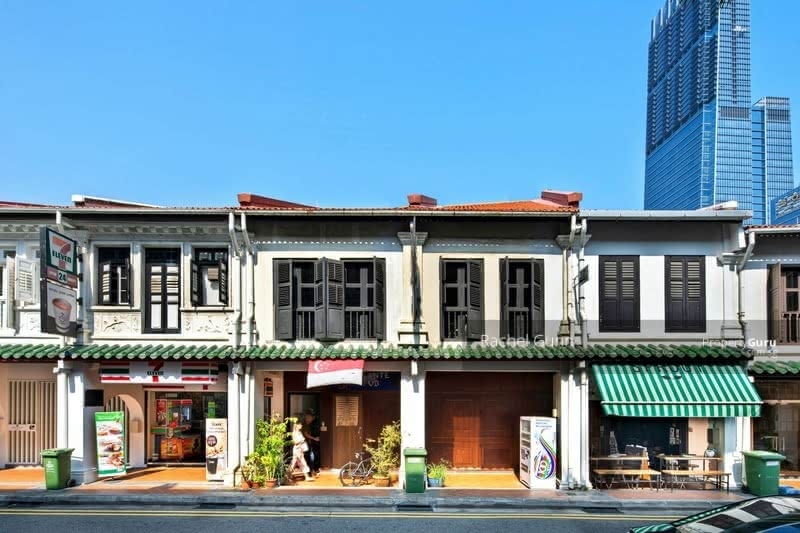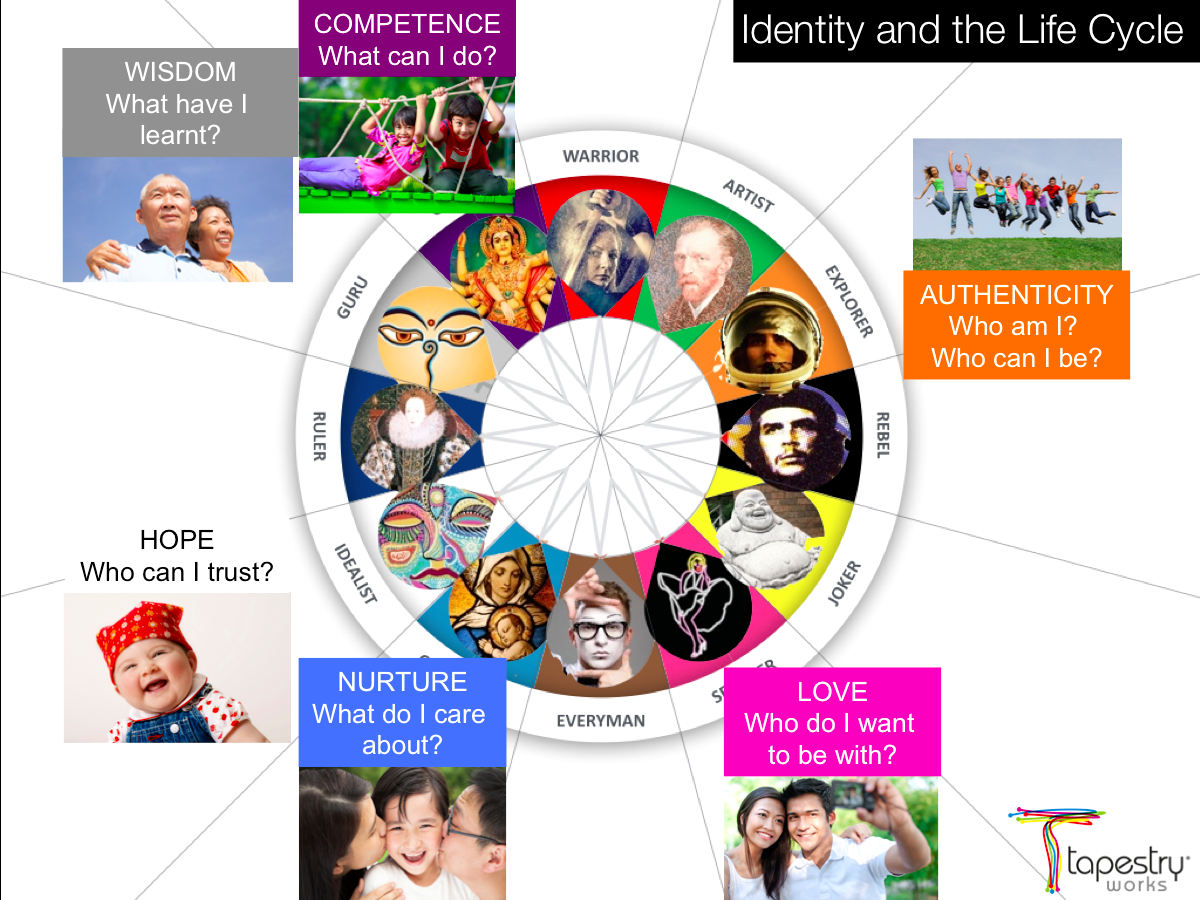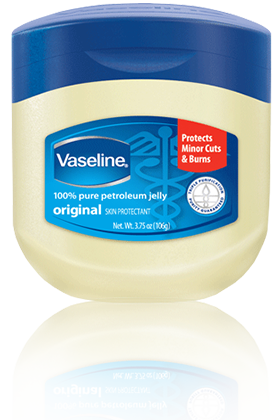In a recent TMRS/APRC webinar, I discussed the problem of ‘global’ advertising campaigns with Dave McCaughan from TMRS and when he challenged me to provide an example I talked about the motivations and goals for using beauty products and how Western and Asian culture had different priorities.
This article is an opportunity to explain a little more about this and to provide some evidence based on data collected by TapestryWorks in late 2017. The data was collected as part of a comparison and validation of using visual cards against standard words and phrases to understand implicit feelings and motivations. The findings are very consistent with other work that I have conducted across multiple countries and (all five) continents.
The data was collected using on online sample of 1,200 women aged 18-45 years from four countries: Australia, Indonesia, Thailand and United Kingdom (300 per country). Along with a series of questions on beauty product usage and attitudes, women were asked to define “the beauty you desire for yourself” using two different sets of 36 visual cards and one set of 36 verbal concepts, designed to match each other and to represent 12 motivational segments.
Looking at choices of verbal concepts, which had all been carefully translated (and back-translated), the vast majority of women (50% or more) chose verbal concepts representing “confident” (they were allowed to choose up to three images). For the record, confident translates into Thai as มั่นใจ (stable heart or sure heart) and in Bahasa Indonesia as percaya diri (believing in yourself).
The next most popular choice was “strong” in 3 of the 4 countries (not Indonesia), with 22% of Thai women choosing this concept. Overall, this gives an overall picture that is completely skewed towards “confident” as the over-riding motivation in the beauty category. Is that really true? While this is the “go to” platform for global advertising in the category, does it really mean the same thing in every country?
The results based on choosing visual concepts suggest a much more nuanced picture of beauty, with five motivations standing apart from the others across all countries: confident, optimistic, strong, individual and fun. However, the relative importance of these five motivations is different across the four countries. Optimistic is much more important in Indonesia and Thailand (see image 1), whereas strong is more important in UK and particularly Australia (see image 2).
I think these results point to a couple of lessons about beauty goals and advertising of beauty products. Firstly, women across all countries do want many of the same things from beauty, but context matters and based on other work, the relative priorities of beauty goals strongly reflect local context (including the importance of work versus everyday life) and each country’s cultural values.
The second lesson is that language is a very slippery thing. When we talk about the importance of “confidence” for the beauty category, does that really imply the same priorities in every country, even if the same word is used? This research suggests that confidence can mean many things to many people in many contexts.
Good advertising and good research always provides contextual understanding of the target audience’s motivations and goals. One way to provide context, is to rely less on language and words and move to more visual and experiential research approaches.
[This was originally written for the TMRS Insights Flash which you can access here. Watch out for a forthcoming paper on the relationship between implicit beauty beliefs and cosmetic consumption.]






Nature or transformation: Implicit beliefs, social pressure and cosmetic consumption – TapestryWorks
[…] online here, and also other articles based on this work published by WARC, NTU and Tapestry Works here and […]